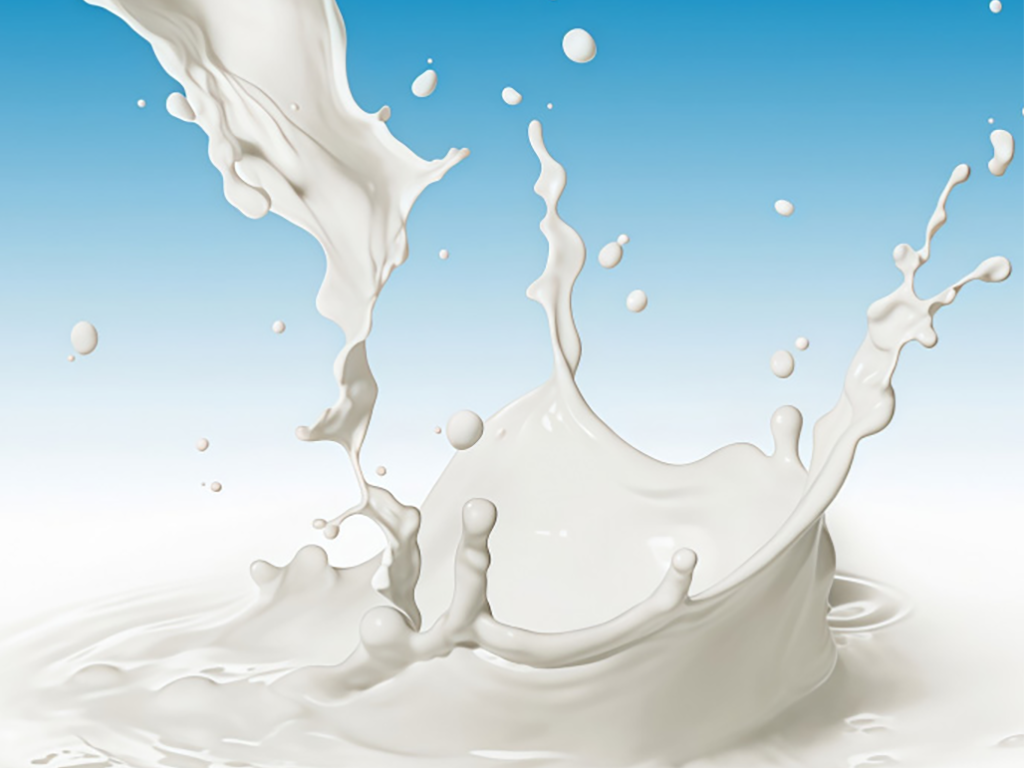The octyl acrylate supply chain is a complex network encompassing raw material sourcing, production, distribution, and end-use, designed to ensure consistent quality and timely delivery. It begins with the procurement of key raw materials: acrylic acid (derived from propylene via oxidation) and octanol (produced from petroleum or bio-based feedstocks). These materials are transported to manufacturing facilities, where they undergo esterification in the presence of catalysts (such as sulfuric acid or solid acid catalysts) to form octyl acrylate, followed by purification through distillation to achieve high purity (≥99%). After production, octyl acrylate is stored in sealed, corrosion-resistant containers with inhibitors (e.g., hydroquinone monomethyl ether) to prevent premature polymerization. Distribution involves transportation via tank trucks, railcars, or shipping containers to distributors, formulators, and end-users, with temperature-controlled logistics used in sensitive regions to maintain stability. Distributors play a critical role in inventory management, ensuring buffer stocks to meet fluctuating demand from industries like adhesives and coatings. Quality control is integrated throughout the chain, with testing at each stage—raw material inspection, in-process monitoring, and finished product analysis—to verify compliance with specifications. Risks such as raw material price volatility, transportation delays, and regulatory changes are mitigated through strategic partnerships, diversified sourcing, and advanced supply chain management systems. Companies like E Plus Chemical Co., Ltd. strengthen their supply chain through vertical integration, controlling monomer synthesis and production, to ensure reliability and responsiveness to market needs.
